Maruti Suzuki is the largest manufacturer in the country by a long shot. A visit to their Manesar plant leaves us absolutely overawed by the mammoth scale of the operation.
It’s very easy to step into a car, take it for a short spin, and then proceed to criticise virtually every aspect of the automobile. In fact, you could accuse us of doing that on occasion. So, we decided to see how it all comes together by paying a visit to Maruti’s Manesar plant. A plant visit truly is the best way to give yourself a better appreciation of just what it takes to put together what is one of the most sophisticated pieces of machinery that we interact with on a daily basis – and one that we end up taking for granted all too often.
And there’s no better place to do this than Maruti Suzuki’s Manesar plant. Maruti’s Gurgaon and Manesar plants produce in excess of 1.5 million cars on an annual basis – with a new car rolling off each assembly line every 60 seconds. Just to put that number into perspective, a global brand like BMW produces 2 million cars a year at its various plants around the globe. This immense scale is immediately visible as soon as you enter the plant premises, which is virtually a township! Of course, Maruti’s strength extends beyond its massive manufacturing ability. It also has the largest sales and service network in the country to back up its manufacturing might – with service centres all the way from Lahaul and Spiti in the North to the Andaman and Nicobar islands.
But, getting back to the Manesar plant – it’s spread over 600 acres and consists of three fully integrated units with an annual capacity of 550,000 cars. It’s also here that Maruti Suzuki manufactures the Multi-Jet Common Rail Direct Injection diesel engines sourced from Fiat. Currently, they produce 300,000 of these engines per year, but plans are underway to expand production to 700,000 units annually.
The Manesar factory is divided into three plants – plant A kick started production in September 2006, while plant B came on stream in 2011, and plant C started churning out cars in September 2013. All three share virtually the same layout – Press Shop, Weld Shop, Paint Shop and Assembly Shop. At the press shop, it was pretty astounding to see a new panel being formed every 6 seconds – which works out to roughly 80,000 panels a day.
The weld shop, frankly, puts James Cameron’s imagination while directing Terminator to shame. It really does look as though the robots have come to life, as they move around at the speed of light seemingly possessed. But every movement is perfectly synchronised, as they seam and weld panels together in up to three different models at the same time. The assembly line we were following was producing the Swift, DZire and Ciaz all on the same line. Incidentally, Maruti announced that the Ciaz had crossed the 1-lakh milestone the day that we were at the plant.
Naturally, we weren’t allowed to visit the paint shop – lest we contaminate the paint on your next car. But we’re told that this facility has 27 different colours at its disposal. Believe it or not, 40 robots are used just to perfectly paint a bumper. So, the next time you scrape your bumper think about the 40 minions at work whose handiwork you’ve just ruined.
Our next stop was the assembly shop, which – like everything else – runs like a perfectly oiled machine. The most impressive bit, though, was the quality control procedures. Maruti believes that quality control is best achieved by ensuring that its workers have the best working conditions possible. So, each car is on its own pallet – which moves up and down depending on the operation being performed. These cars-in-the-making are virtually always in motion – hence the term moving assembly line I suppose. In some cases, the workers are standing in trolleys that latch onto a particular car on the line – this allows the worker to move with the car as he performs his task. As he finishes his job, the trolley unlatches and rolls back to his original position where he’s greeted with the next machine. And all this is done in the simplest way possible, using just gravity and ingenuity. This, incidentally, is a process developed in India – which has since been incorporated at all Suzuki plants worldwide. So, it’s more than just cars that they produce here – it’s also great ideas!
You may think that something as simple as a worker tightening a bolt on a car is pretty straightforward. But not so! You see, each torque wrench has a sensor that’s connected to a receiver at that particular station. And, unless each bolt is torqued to the exact specifications, the light on the receiver doesn’t turn green and allow the car to move to the next station. And this procedure is followed for about 266 bolts on each car.
In addition to the automation and quality control, the other seemingly impossible task is logistics. The parts for each operation – of which there are thousands, for the three different models on the line, each of which have multiple variants, and right-hand drive as well as left-hand drive models for export – reach the station in the exact sequence and at the exact time required.
We’re fortunate that we’ve been able to visit car plants the world over, and we have to say that the levels of automation and the process of quality control are very much on par with the best plants in the world. Moreover, it was truly eye opening to see the scale of the Maruti Suzuki operation at Manesar. It gives you some sense of just how much this company is contributing not only to the economy but to the country as a whole – not only is Maruti Suzuki putting the country on wheels, but also providing jobs and opportunities for hundreds of thousands of people. We’ll have to remind ourselves of that the next time we’re reviewing one of their machines – or any car for that matter, because the level of technology, complexity and ingenuity that goes into building any one of these machines is truly impressive!



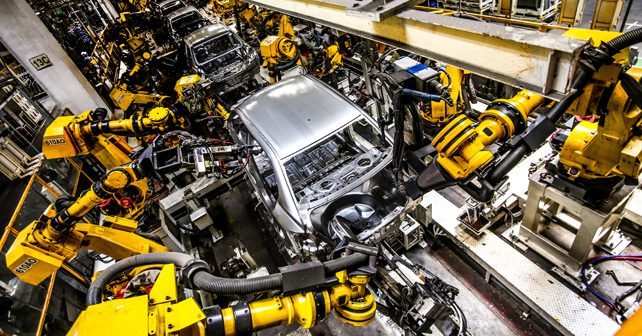

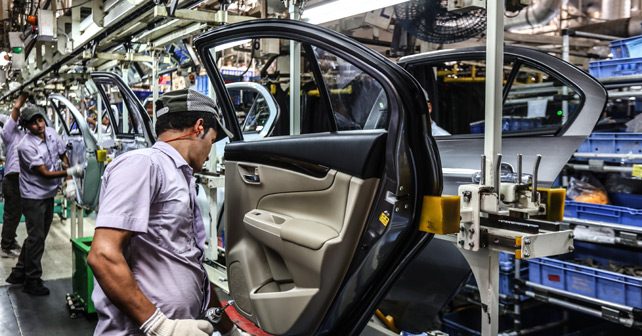



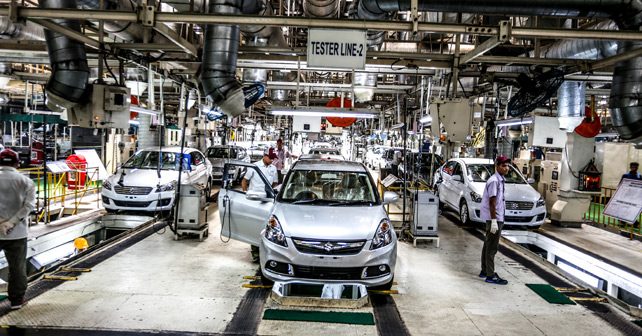
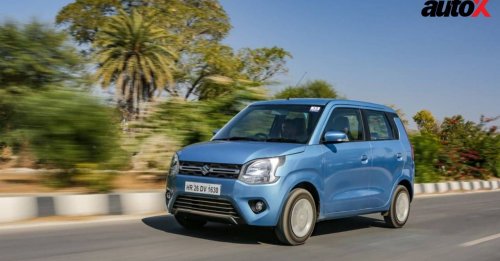
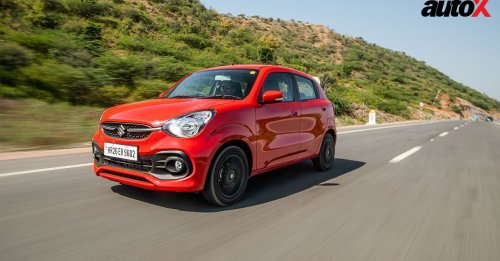

















Write your Comment